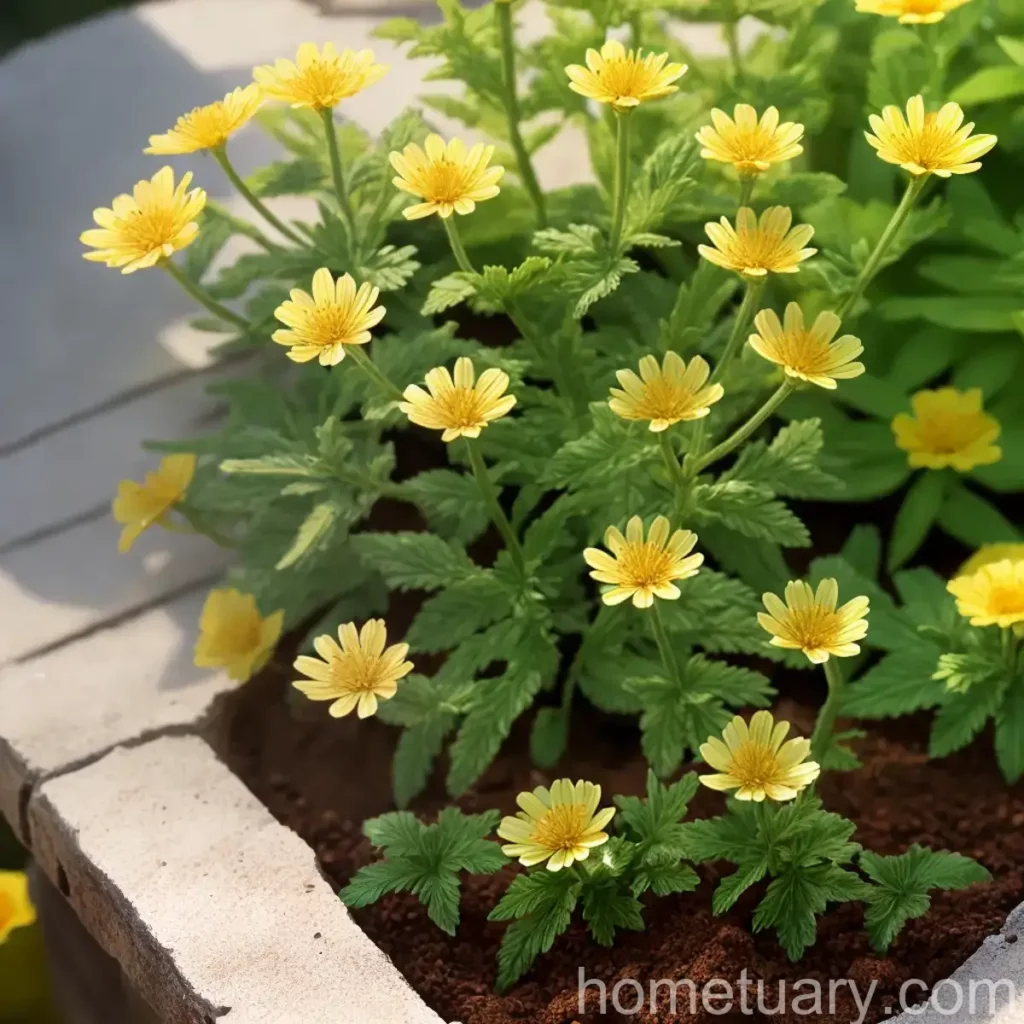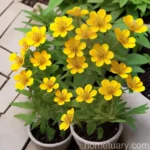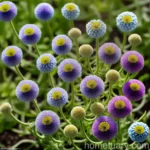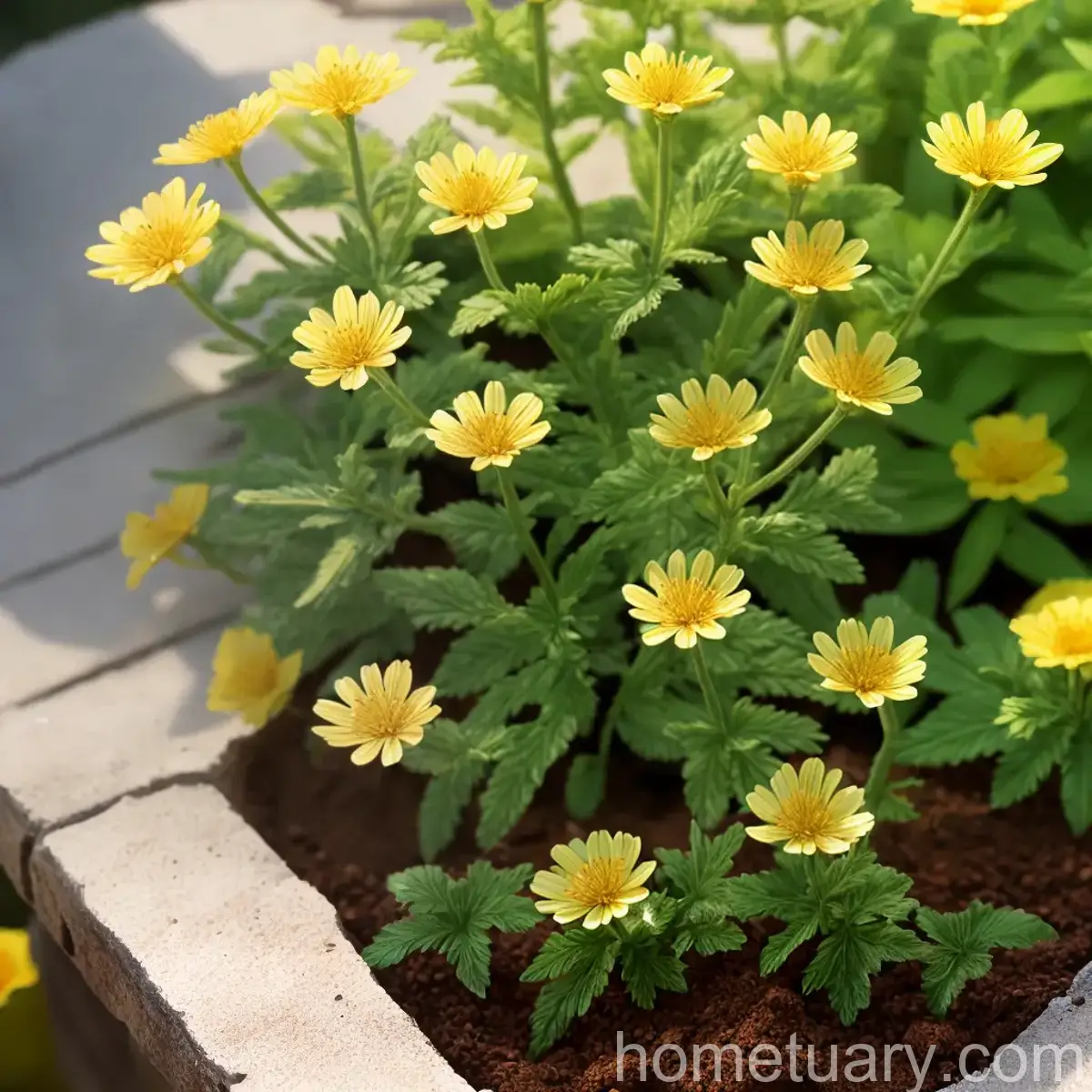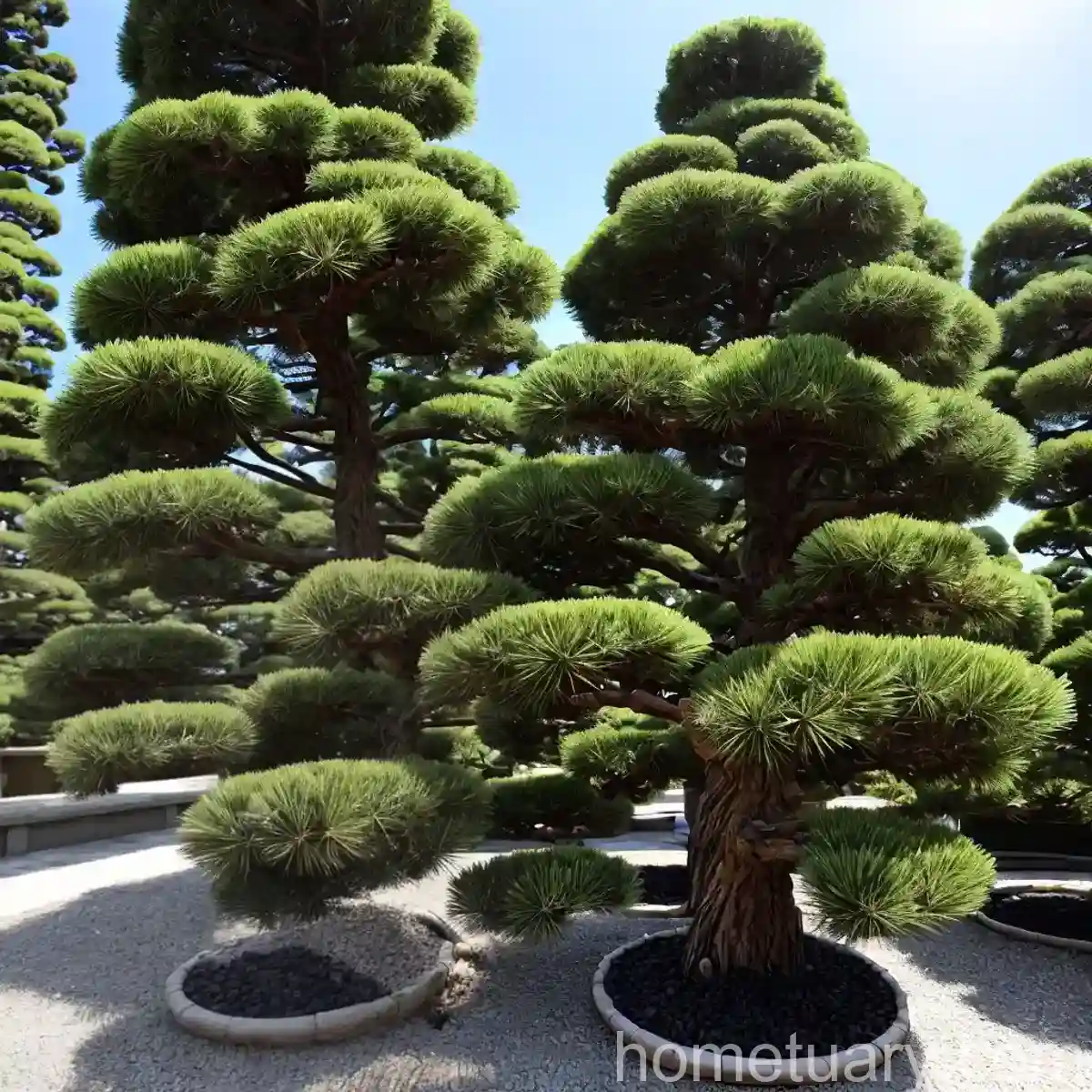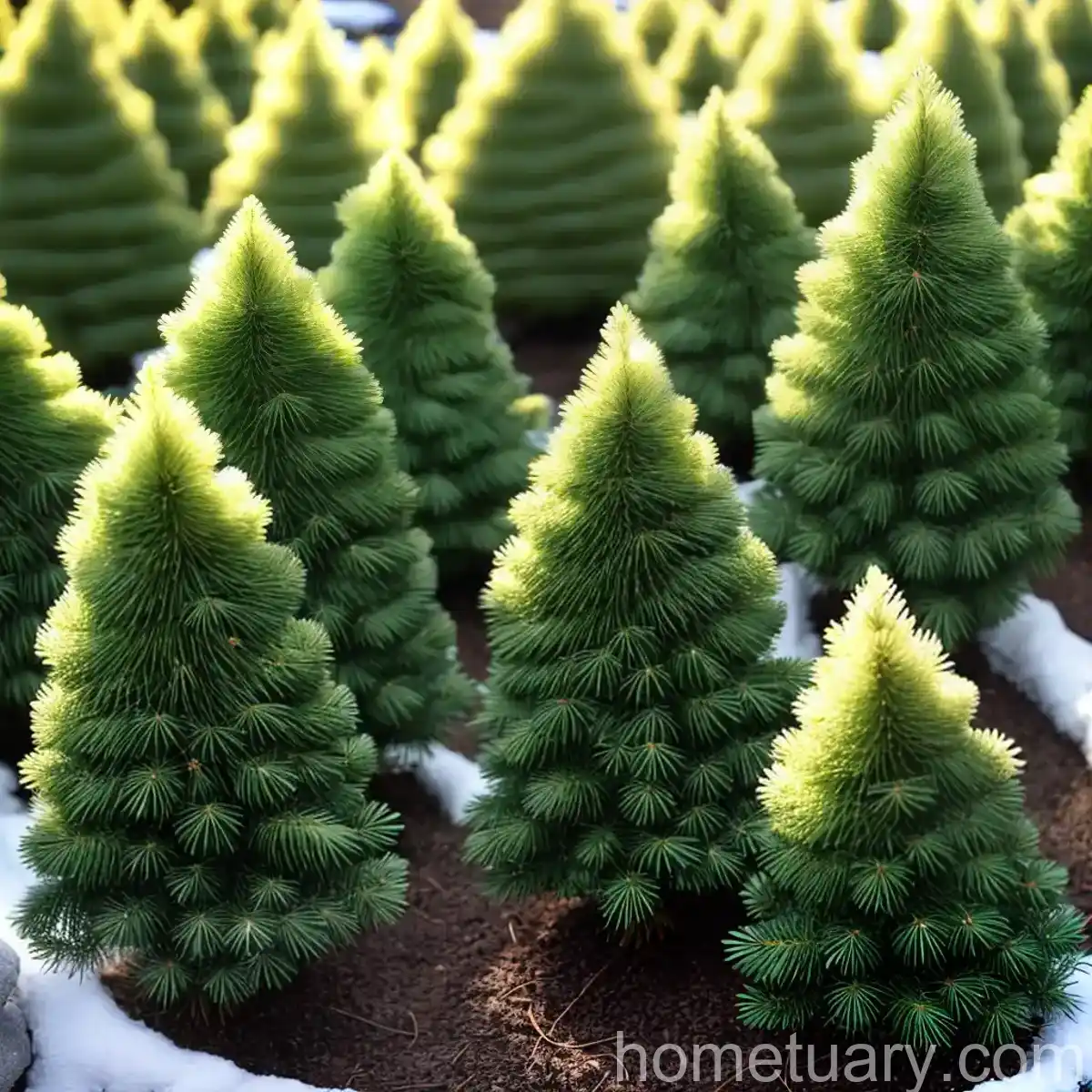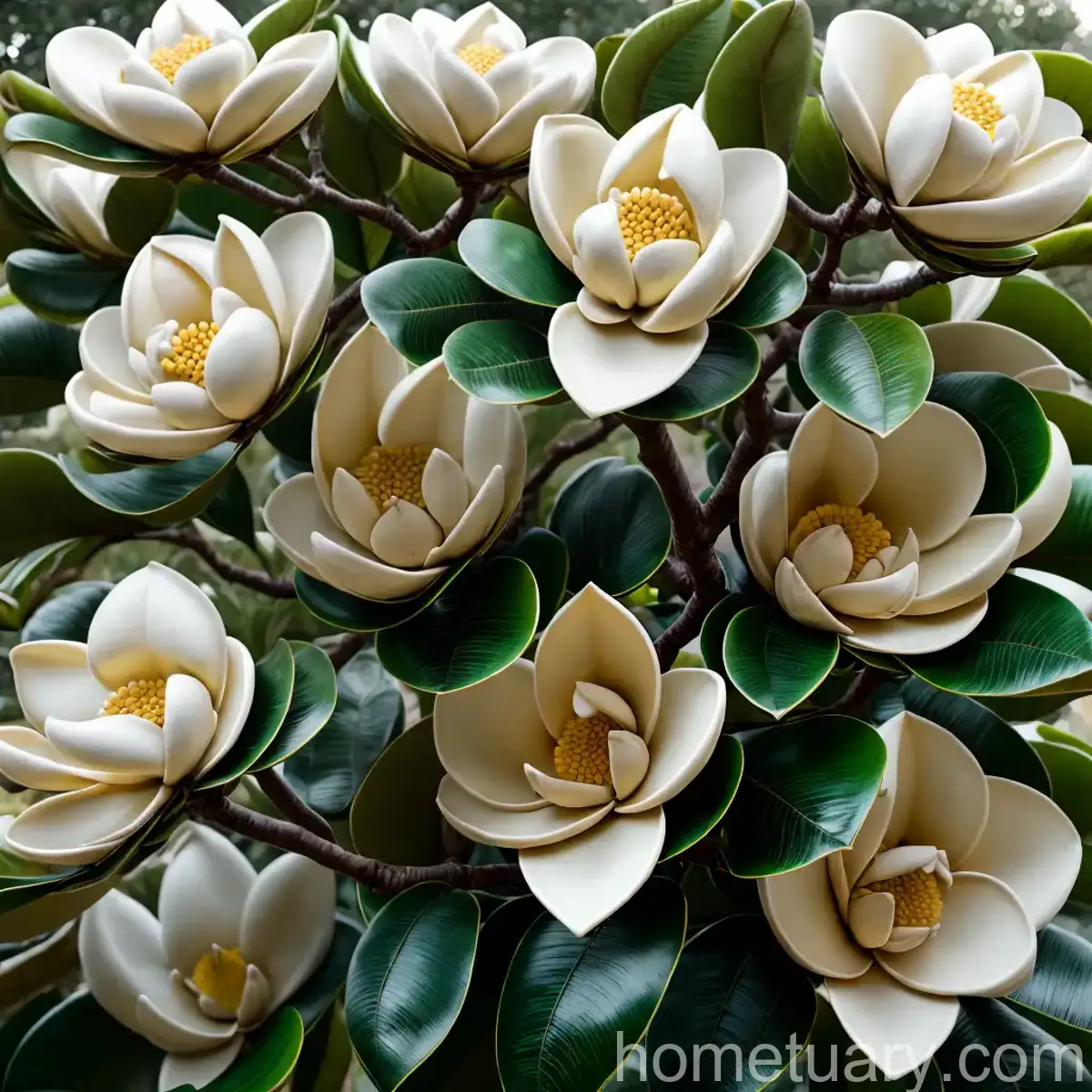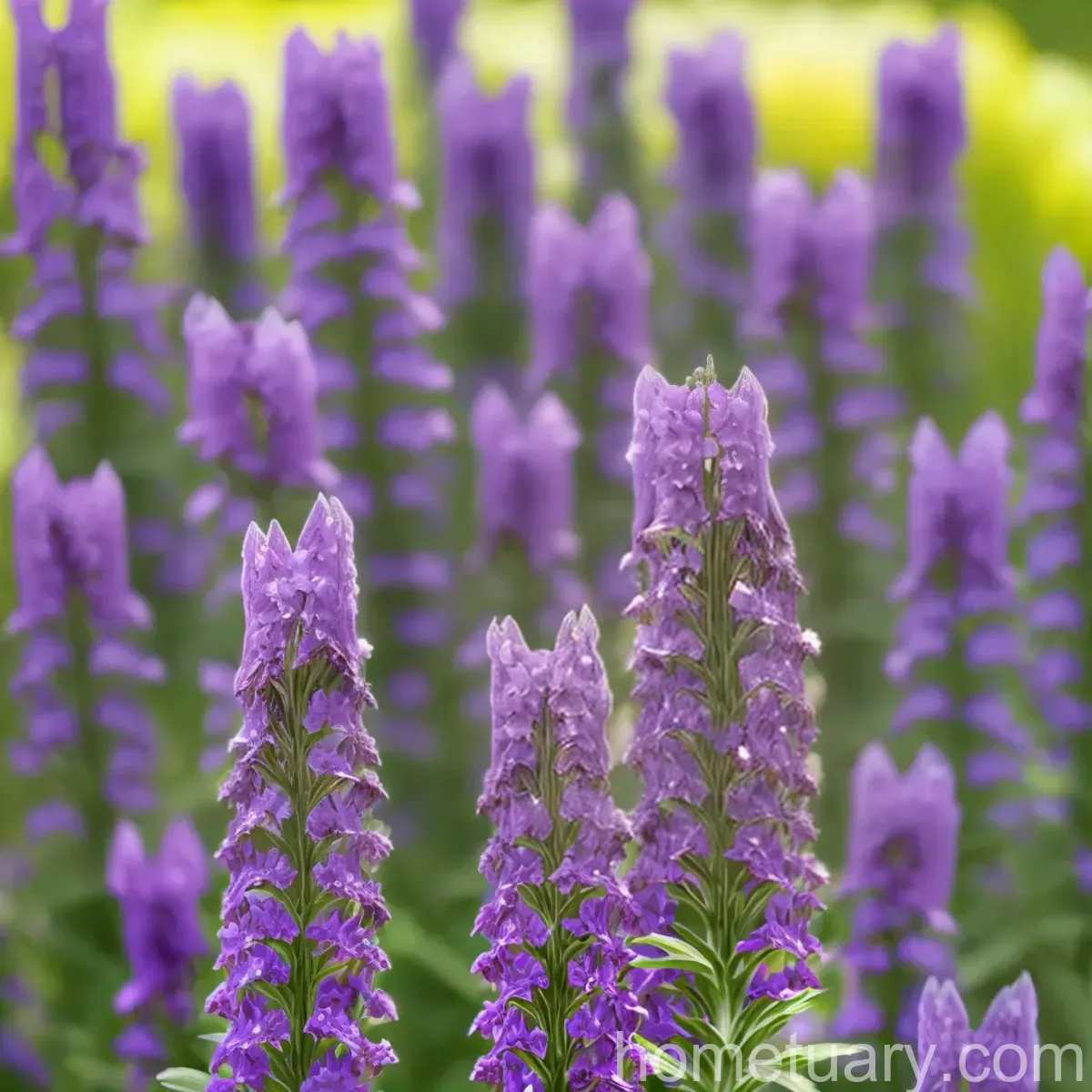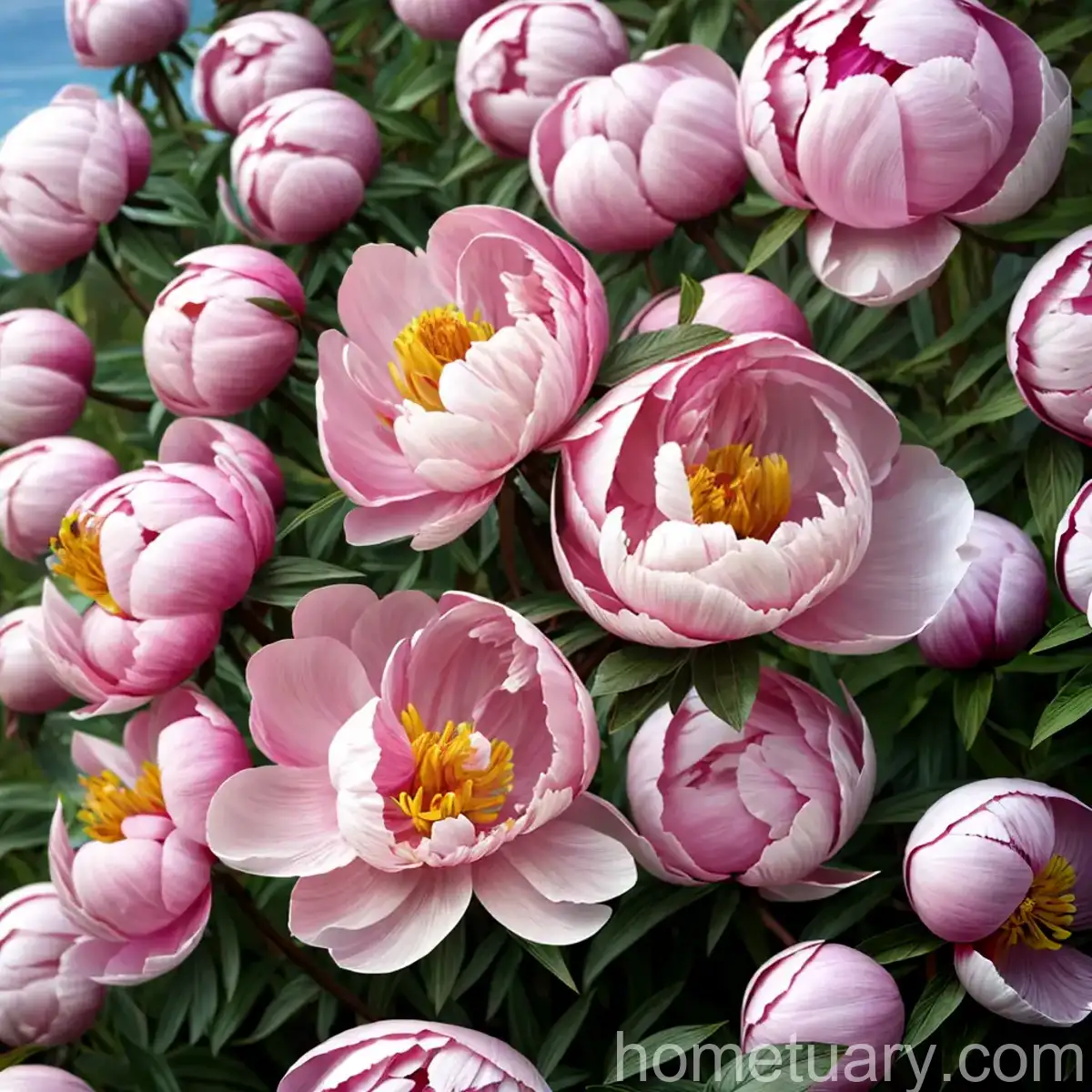Patrinia villosa: The Versatile Herbal Plant for Your Garden
Plants have been an integral part of human life for centuries, serving various purposes ranging from food and medicine to ornamental and decorative uses. Among the plethora of plant species, Patrinia villosa, commonly known as patrinia, has garnered attention for its multitude of benefits and versatile applications. In this comprehensive guide, we will delve into the intricacies of Patrinia villosa, exploring its cultivation, uses, maintenance, and fascinating aspects that make it a unique addition to any garden.
What is Patrinia villosa?
Patrinia villosa is a perennial flowering herbaceous plant belonging to the Valerian family, Caprifoliaceae. It is indigenous to East Asia, particularly China, Japan, and Korea, where it thrives in diverse environmental conditions. The plant is known for its robust nature, adorned with vibrant clusters of yellow flowers that bloom during the summer and autumn seasons. The botanical characteristics and natural properties of Patrinia villosa have led to its extensive utilization in traditional medicine and landscaping.
Key Takeaways
Before we embark on the journey of understanding the intricacies of cultivating Patrinia villosa, let’s grasp the key takeaways associated with this remarkable plant. The following points capture the essence of its significance and allure:
- Medicinal Uses: Patrinia villosa holds a revered status in traditional herbal medicine due to its various therapeutic properties, including anti-inflammatory and immune-boosting effects.
- Ornamental Plant: With its vibrant yellow flowers and decorative foliage, Patrinia villosa is an ideal choice for ornamental landscaping, adding a touch of elegance to gardens and landscapes.
- Low-Maintenance: As a low-maintenance plant, Patrinia villosa is suitable for beginners and sustainable gardening practices, requiring minimal care while offering abundant benefits.
- Attracts Wildlife: The plant serves as a beacon for pollinators and wildlife, making it an eco-friendly and sustainable addition to gardens, attracting bees, butterflies, and hummingbirds.
- Cultural Significance: Deeply rooted in traditional Chinese medicine and folklore, Patrinia villosa carries a rich cultural and ethnobotanical heritage, enriching its appeal and significance.
With these key highlights in mind, let’s now delve into the comprehensive guide to understanding and cultivating Patrinia villosa in your garden.
Cultivation of Patrinia villosa
Cultivating Patrinia villosa is a gratifying experience, given its adaptability and robust nature. To ensure its successful growth and development, it is essential to consider various aspects of its cultivation, ranging from soil preferences and sunlight requirements to maintenance and propagation techniques.
Water
Patrinia villosa thrives in moderately moist conditions, preferring well-draining soil that maintains adequate moisture without becoming waterlogged. During the initial stages of growth, regular watering is crucial to facilitate strong root establishment. Once established, the plant exhibits resilience to moderate drought conditions, making it suitable for water-wise gardening practices. Adequate watering, especially during prolonged dry spells, contributes to vibrant flowering and overall plant vigor.
Sunlight
In terms of sunlight requirements, Patrinia villosa flourishes in full to partial sunlight. It displays a preference for receiving at least 6-8 hours of sunlight per day, promoting robust growth and prolific flowering. When cultivated in regions with scorching summers, providing partial shade during the hottest part of the day can prevent sun stress and ensure optimal performance.
Soil
The soil preferences of Patrinia villosa revolve around well-draining, fertile loamy soil with a slightly acidic to neutral pH range. This plant exhibits adaptability to various soil types, including sandy and clay soils, as long as adequate drainage is maintained. Incorporating organic matter into the soil during planting or as a top dressing enhances the soil structure and fertility, supporting the plant’s growth and resilience.
Fertilizer
While Patrinia villosa is relatively resilient and can thrive in average soil conditions, the application of a balanced, slow-release fertilizer in early spring can encourage healthy growth and abundant flowering. A fertilizer with a balanced NPK ratio, along with micronutrients, provides the necessary nutrients for the plant’s optimal development. Care should be taken to avoid excessive fertilization, as it can lead to lush foliage at the expense of flowering.
Pruning
Pruning plays a pivotal role in maintaining the vigor and aesthetics of Patrinia villosa. Regular deadheading of spent flowers not only promotes continuous blooming but also prevents the plant from self-seeding excessively. Additionally, removing any damaged or diseased foliage contributes to the overall health and appearance of the plant. Pruning in late winter or early spring rejuvenates the plant and encourages robust growth in the upcoming season.
Propagation
Patrinia villosa can be propagated through various methods, including division, seed sowing, and stem cuttings. Division of mature clumps in early spring or autumn enables the expansion of the plant and rejuvenation of older growth. When propagating from seeds, sowing them in well-prepared seedbeds or containers during the spring offers a cost-effective means of multiplying the plant. Stem cuttings taken during the active growing season root readily in a suitable growing medium, presenting an efficient method of propagation.
Container Popularity
The versatility and manageable size of Patrinia villosa make it well-suited for container gardening. With the proper selection of a spacious container and well-draining potting mix, it can thrive on patios, balconies, or any limited garden space, gracing the surroundings with its vibrant blooms and lush foliage. Container-grown Patrinia villosa provides flexibility in landscaping and allows individuals with confined outdoor areas to enjoy the plant’s ornamental and medicinal benefits.
Uses of Patrinia villosa
Patrinia villosa transcends mere ornamental appeal, as it encompasses a spectrum of uses that align with traditional medicinal practices, ecological sustainability, and aesthetic enhancement. Understanding the diverse applications of this plant sheds light on its significance and potential to enrich various facets of human life.
Medicinal Uses
Patrinia villosa has been revered for its medicinal properties in traditional herbal medicine systems, particularly in East Asia. The roots and aerial parts of the plant contain bioactive compounds that bestow it with anti-inflammatory, antiviral, and immune-boosting effects. Its traditional uses include the treatment of fevers, infections, and inflammatory conditions, underscoring its historical and contemporary relevance in natural healthcare.
Landscape and Ornamental Significance
As an ornamental plant, Patrinia villosa showcases its vibrant yellow flowers and dense foliage, adding a pop of color and visual interest to landscapes, borders, and pollinator gardens. Its capacity to attract beneficial wildlife, such as bees, butterflies, and hummingbirds, contributes to the biodiversity and ecological balance within garden spaces. Whether planted en masse or as a focal point in garden architecture, Patrinia villosa elevates the aesthetic appeal of outdoor settings.
Sustainable Gardening
The resilience and low-maintenance nature of Patrinia villosa align with sustainable gardening practices, catering to individuals seeking to establish eco-friendly and resource-efficient gardens. Its ability to thrive in diverse environmental conditions, including drought-prone areas, makes it a valuable asset in water-wise landscaping and sustainable garden designs. Additionally, its role in attracting pollinators and supporting beneficial insect populations enhances the ecological sustainability of garden ecosystems.
Cultural and Ethnobotanical Significance
Embedded within the realms of traditional Chinese medicine, Patrinia villosa holds a position of significance, attributed to its historical uses in herbal remedies and natural healthcare. Its folklore and ethnobotanical associations contribute to its cultural heritage, enriching the tapestry of ethnopharmacological knowledge and traditional plant uses. Understanding the cultural reverence for this plant offers a holistic perspective on its value beyond its physical attributes.
Common Diseases and Pest Control
A crucial aspect of cultivating Patrinia villosa involves vigilance against potential diseases and pest infestations that can compromise its health and vigor. By being aware of common issues and adopting proactive measures, gardeners can safeguard the plant from detrimental effects and ensure its long-term well-being.
Disease Diagnosis
Patrinia villosa is relatively resistant to major diseases when provided with suitable growing conditions. However, it may occasionally encounter issues such as powdery mildew and leaf spot diseases, especially in humid or poorly ventilated environments. Early detection and prompt intervention, including the removal of affected plant material and application of fungicidal sprays, are effective strategies for disease management.
Common Pests
The plant is generally pest-resistant, but it may attract aphids, spider mites, and whiteflies under certain conditions. Regular monitoring of the plant for any signs of pest activity, such as distorted growth or stippled leaves, enables timely intervention. Natural pest control methods, including the introduction of predatory insects and the application of insecticidal soaps or neem oil, offer environmentally friendly solutions to manage pest populations without compromising the plant’s ecological balance.
Natural Pest Repellent
Certain aromatic plants and herbs, when grown in proximity to Patrinia villosa, can act as natural pest repellents, deterring common insect pests through their volatile compounds and deterrent properties. Plants such as lavender, marigold, and chrysanthemum contribute to pest control while complementing the ornamental and ecological aspects of the garden. Embracing natural pest repellents aligns with sustainable gardening practices and minimizes the reliance on synthetic pesticides.
Wildlife Attraction
In addition to attracting beneficial pollinators, Patrinia villosa forms an integral part of wildlife-friendly gardening, promoting the presence of natural predators that regulate pest populations. By fostering a balanced ecosystem within the garden, the plant contributes to the biological control of pests, minimizing the need for external interventions and enhancing the garden’s ecological resilience.
Botanist’s Tips for Cultivating Patrinia villosa
Insights and tips from experienced botanists and horticulturists serve as invaluable guidance for successfully cultivating Patrinia villosa and integrating it into diverse garden settings. The following tips encompass practical recommendations and horticultural wisdom that can elevate the cultivation experience and optimize the plant’s potential.
-
Elevate Garden Borders: Placing Patrinia villosa along garden borders and pathways not only defines the space with its vibrant presence but also serves as a natural barrier, adding visual structure and textural contrast to the landscape.
-
Companion Planting: Embrace the concept of companion planting by integrating aromatic herbs and flowering perennials, such as lavender and yarrow, alongside Patrinia villosa, fostering synergistic relationships that enhance pest control and aesthetic appeal.
-
Moderate Moisture: Maintain a balance in watering practices, ensuring that the soil is consistently moist but not waterlogged. Periodic checks for soil moisture and employing mulching techniques can aid in moisture retention while preventing water-related issues.
-
Winter Protection: In regions with harsh winters, providing a layer of organic mulch around the base of Patrinia villosa offers insulation and protects the roots from frost damage, ensuring its vigor in the subsequent growing season.
-
Educational Significance: Integrating Patrinia villosa into botanical gardens and educational institutions presents an opportunity to showcase its natural attributes, ecological interactions, and cultural relevance, fostering awareness and appreciation among visitors and students.
Fun Facts About Patrinia villosa
Unveiling the intriguing facets and captivating attributes of Patrinia villosa adds a layer of fascination to its cultivation and appreciation. The following fun facts shed light on the unique qualities and historical allure of this remarkable herbal plant:
-
Ethnobotanical Tapestry: With its deep-rooted ties to traditional Chinese medicine and folklore, Patrinia villosa weaves a tapestry of ethnobotanical significance, reflecting the interwoven relationship between human culture and natural resources.
-
Midsummer Blooms: The arrival of midsummer heralds the abundant flowering of Patrinia villosa, adorning garden spaces with clusters of cheerful yellow flowers, signaling the peak of its ornamental display.
-
Pollinator Paradise: Beyond its vibrant blooms, the plant serves as a haven for pollinators, attracting a mosaic of bees, butterflies, and hummingbirds that engage in intricate pollination dances amidst its floral bounty.
-
Ancient Healing Legacy: Embedded within the annals of traditional herbal remedies, Patrinia villosa upholds a legacy of natural healing, revered for its anti-inflammatory and immune-boosting properties that transcend time and cultural boundaries.
-
Cultural Symbolism: In various cultural narratives, the plant symbolizes resilience, vibrancy, and the harmonious interplay between humans and nature, echoing its enduring presence in traditional practices and contemporary gardens.
By embracing these fun facts, enthusiasts and horticultural aficionados can deepen their connection with Patrinia villosa and amplify its allure within diversified garden landscapes.
Links to External Resources
To further enrich your understanding of Patrinia villosa and explore additional insights from reputable sources, the following external resources serve as informative repositories:
- Royal Horticultural Society (RHS) – Plant Finder: Patrinia villosa
- Missouri Botanical Garden – Patrinia villosa Plant Profile
- North Carolina State University – Patrinia villosa for Pollinator Gardens
Exploring these reputable sources provides a comprehensive perspective on Patrinia villosa, incorporating scientific insights, cultivation guidelines, and ecological significance, fostering a holistic approach to its integration into garden landscapes and natural healthcare practices.
In conclusion, Patrinia villosa stands as a testament to the seamless convergence of botanical splendor, herbal utility, and cultural significance. By embarking on the journey of cultivating and embracing this resilient perennial, individuals can partake in the timeless legacy of natural healing and ornamental allure embodied by this remarkable herbal plant.
Through understanding its botanical nuances, ecological interactions, and cultural significance, Patrinia villosa beckons enthusiasts and gardeners to engage in a harmonious synergy between nature and human stewardship, transcending the realms of horticulture and traditional wisdom.

